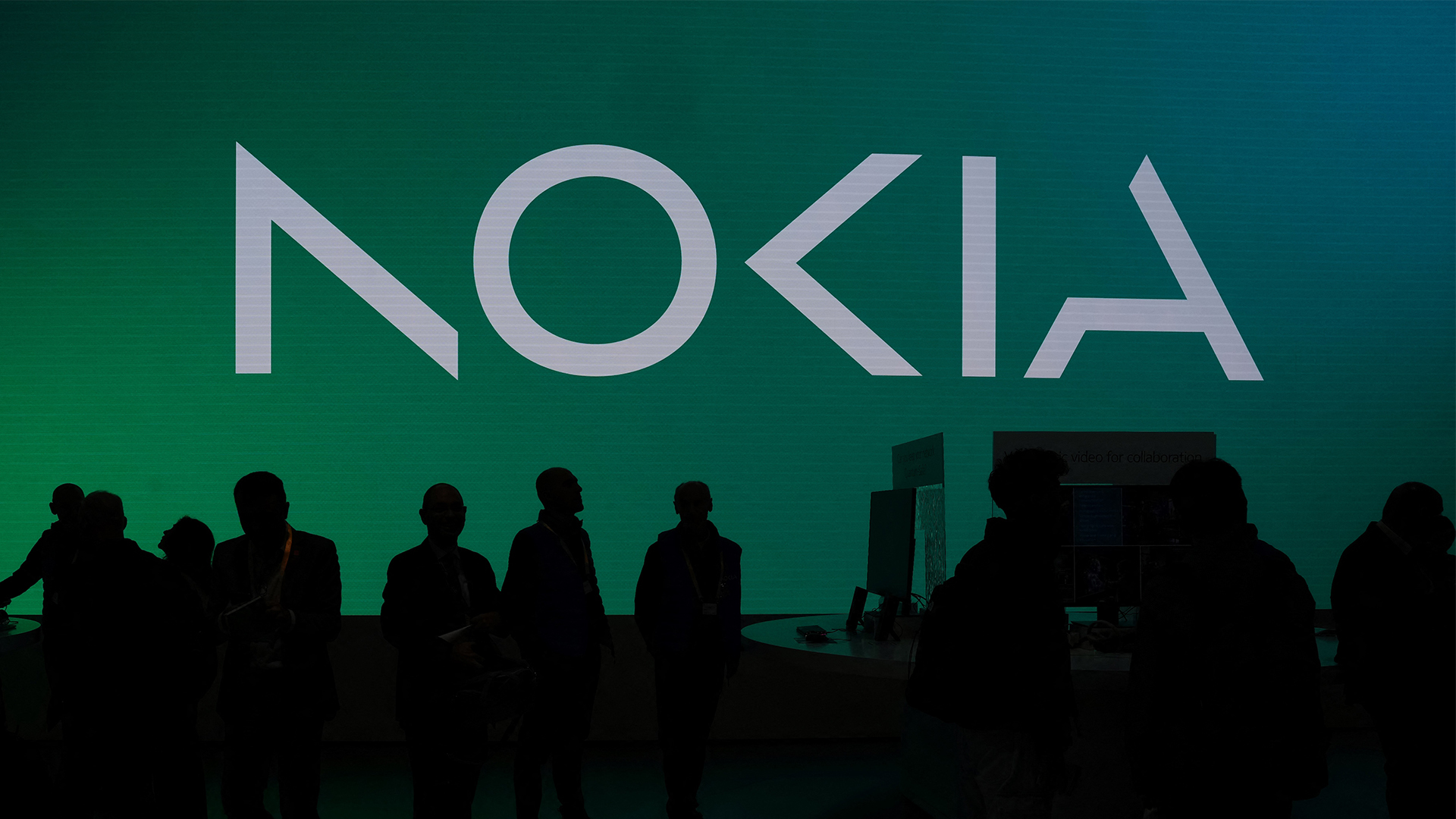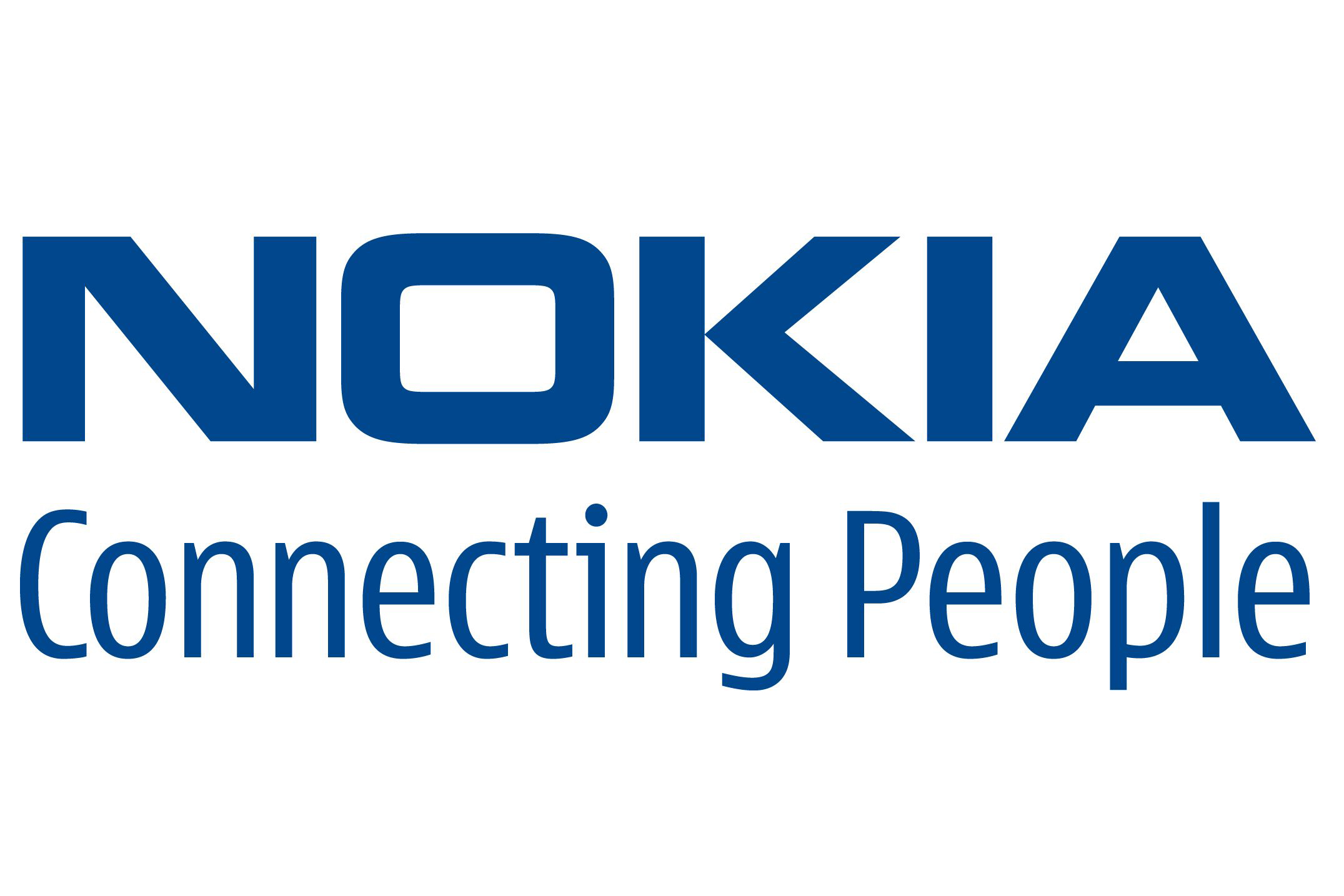Week in Review: 'Superhacker’ to face US justice
McKinnon finally faces the music in the US, new competition for Google, Nokia looks to the future, the government fights crime, and more on the new 2008 web threats.

Hacker McKinnon loses final appeal
Gary McKinnon, the British so-called most dangerous hacker in the world', lost his fight to avoid extradition to the US. He could face a life sentence in an American court if found guilty of crimes which include breaking into Ministry of Defence and NASA computers. He is a minor celebrity in the hacking world thanks to speeches and appearances at various events, and even made the IT PRO list of top ten Black Hat Hackers.
Ex-Google engineers aim to topple Google with Cuil
Well if you are going to set a target, you might as well set them high. A group of engineers have started the fearsome task of bringing the fight to Google with Cuil, a new search service. The makers have been involved with Google or around the search engine business so the technology may not be the problem it's the fact that any new contender will have to completely change the search habits of the majority of internet users who routinely Google' as a matter of course.
Nokia's N96 to arrive in October
The Finnish mobile phone giant announces that 1 October is the date when it will release its own contender in the hotly contested business smartphone wars the Nokia N96. It is part of the new group of E-Series' enterprise handsets which include the previously released E71. Pricing details are not confirmed but the device is anticipated to retail at around at 430. It will feature a five megapixel camera with an enlarged 2.7" QVGA screen, built-in GPS and 16GB memory.
Home Office announces interactive crime maps for every neighbourhood
Sign up today and you will receive a free copy of our Future Focus 2025 report - the leading guidance on AI, cybersecurity and other IT challenges as per 700+ senior executives
The Government uses web 2.0 technology to fight crime as it reveals that interactive maps showing how much crime goes on around us could be with us by the end of the year. It will allow anybody with internet access to see when and where crime takes place street by street for some offences. Images of how the maps are likely to look are available here.
Malware on legitimate websites up 50 per cent
On of the biggest and most concerning trends in security during the first half of 2008 is that of malware infecting websites that we know and trust. One of the most common ways of doing this is with SQL injections, with some very serious incidents occurring during the last year. It seems that attackers are getting away from trying to find zero-day' vulnerabilities in web software or transferring malware through attachments, as the defensive barriers are now usually very strong. Instead they are targeting weaknesses in the coding of many legitimate websites.
-
 Docusign boots Irish presence with €4.5 million Dublin investment
Docusign boots Irish presence with €4.5 million Dublin investmentNews The electronic signature software company says the expansion of its R&D centre will strengthen its European AI and R&D capabilities
-
 Arctera Backup Exec 25.1 review
Arctera Backup Exec 25.1 reviewReviews Plenty of new features make this on-premises backup solution an even better choice for SMBs that want to protect physical, virtual, and MS365 environments
-
 Nokia waves off IntelBroker breach claims, says leaked source code came from a third party application
Nokia waves off IntelBroker breach claims, says leaked source code came from a third party applicationNews Notorious threat actor IntelBroker released a cache of stolen data
-
 Nokia subsidiary reveals data breach following Conti ransomware raid
Nokia subsidiary reveals data breach following Conti ransomware raidNews SAC Wireless notifies current and former employees that their personal information may be at risk
-
 Nokia blackmailed for millions of Euros six years ago
Nokia blackmailed for millions of Euros six years agoNews Criminals who stole source code extorted phone company, according to reports
-
 CPS confirms Gary McKinnon will not face charges in the UK
CPS confirms Gary McKinnon will not face charges in the UKNews Ruling brings hacker's decade-long legal ordeal to an end.
-
 Hackers breach Nokia developer community
Hackers breach Nokia developer communityNews SQL injection attack forces Nokia to take down a developer community forum.
-
 Week in Review: The week of the Wikileaks
Week in Review: The week of the WikileaksNews This week, tech news was dominated by the story of Wikileaks and the consequences of the cables...
-
 Wikileaks: Brown requested UK sentence for McKinnon
Wikileaks: Brown requested UK sentence for McKinnonNews Gordon Brown made a personal plea for the hacker to serve his sentence on UK shores, claims latest Wikileaks cable.
-
 Week in Review: Kaspersky hit by hackers, UK hit by spending cuts
Week in Review: Kaspersky hit by hackers, UK hit by spending cutsNews This week, security company Kaspersky gets hit by an anti-virus scam and George Osborne unleashes the spending cuts on the nation.